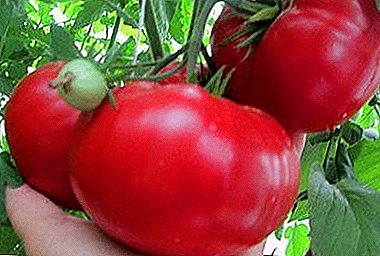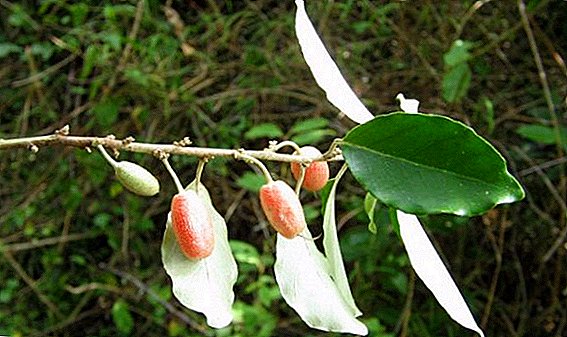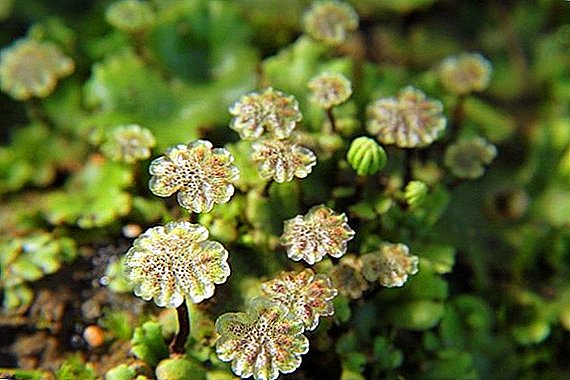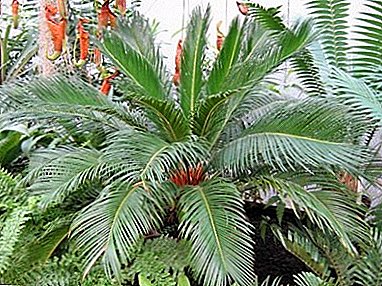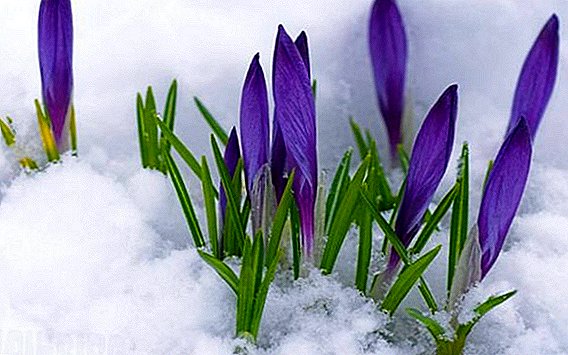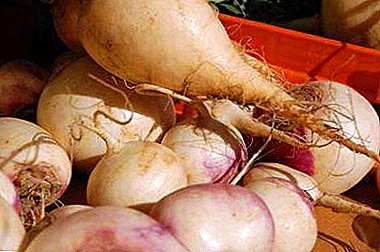
Turnip and rutabaga - they are so similar in color, and in shape, and in taste. But still these are two different vegetables.
They both possess a number of useful properties, contain a large amount of nutrients and vitamins. Both vegetables are common in individual gardens and are popular with amateur gardeners. Differs in ripening and cold resistance. It is eaten fresh, stewed and stuffed.
Although outwardly these cultures are very similar, but still they are different vegetable delicacies. Let's try to understand the difference between cultures such as turnips and its close relative rutabaga.
Basic botanical characteristics
Vegetable progenitor
For many it will be the discovery that turnip belongs to the genus of cabbage family cabbage. Turnip grows usually within a few years.
The first summer is the time for the formation of a rosette of basal leaves and what we directly serve on the table - a root crop with a diameter of several centimeters. It can have different shapes from rounded to elongated, similar to carrots.
Reference! The gamma of turnip color is extraordinarily rich: the skin can be yellow, green, purple, burgundy, pink. The flesh is fleshy, white or yellow - it is used as food.
The turnip that survived the winter produces a stem with flowering shoots from half a meter to one and a half meters in length. From it leaves the fruit - an upright pod, and inflorescences, representing a shield with yellowish petals.
Hybrid
 Swede belongs to the same genus and family as turnip. It develops two years in the same way: the first summer - the appearance of an edible root, the second - the growth of flowering shoots and seeds.
Swede belongs to the same genus and family as turnip. It develops two years in the same way: the first summer - the appearance of an edible root, the second - the growth of flowering shoots and seeds.
Edible swede root is fleshy, dull green or red-purple. The shape of the root varies from oval-cylindrical to rounded flat. A rosette of basal leaves develops around.
The most delicious is hidden under the skin of the tuber - the flesh of light shades. And the yellow flesh is usually placed on the table for people, the white one goes to feed the cattle. The weight of the edible portion of the turnip is large, reaching 20 kg in fodder varieties.
Swede inflorescence - brush with petals of golden shades. The fruit is a pod in which brown or black-brown round seeds develop.
What is the difference?
Appearance
Since swede is a hybrid of turnips and cabbage, artificially bred at zarengenic engineering, in the 17th century, it will obviously be similar to the genetic “mother”. The main differences in appearance are that the root vegetables of the rutabaga are larger, and their flesh is of darker tones, tending to orange shades.
Chemical composition
The content of proteins, fats and carbohydrates vegetables are almost identical. In turnips more calcium, there is a small proportion of vitamin A, which is not in the swede, a decent amount of succinic acid, sugars and vitamin PP.
Application
Rutabaga was originally derived as a more nutritious and massive replacement for turnips. Therefore, it is often used as feed for livestock, where volumes are needed. At the same time, the fodder variety of turnip, turnip, is noticeably distributed throughout the world.
However, this does not negate the fact that table varieties of vegetables have a place in the human diet. Despite the fact that the majority of gardeners prefer swede by taste, rutabaga is considered more nutritious due to the higher dry matter content.
History of origin
 It is believed that wild turnip originated in two foci: Western and Northern Europe, as well as in Afghanistan and India. To cultivate the plant 10-15 thousand years ago, residents of South-West Asia first began. After them, turnips became popular in many other countries. Local varieties retain traits of ancestral forms. Cultivated rutabaga is one hundred percent North European culture.
It is believed that wild turnip originated in two foci: Western and Northern Europe, as well as in Afghanistan and India. To cultivate the plant 10-15 thousand years ago, residents of South-West Asia first began. After them, turnips became popular in many other countries. Local varieties retain traits of ancestral forms. Cultivated rutabaga is one hundred percent North European culture.
The most popular theory, as we already wrote above, states that the rutabaga came into being as a hybrid of turnip and cabbage. Presumably, her homeland is Sweden. In the wild, rutabagus grows only as a weed in some parts of North Africa.
What's better?
Much depends on the taste preferences of the person. Turnip has a bitterness, so it may suit men more. At the same time, swede scolded for lack of taste and vagueness. In any case, experienced gardeners recommend preparing young tubers, because at this time they do not have time to collect excess moisture in the pulp.
Turnip or rutabaga - a dispute, similar to the dispute between a duck and a goose, olives and olives. Cultures are direct relatives and similar to each other. The main thing is to take care of vegetables when grown and properly prepare them. But this is a topic for another article.



